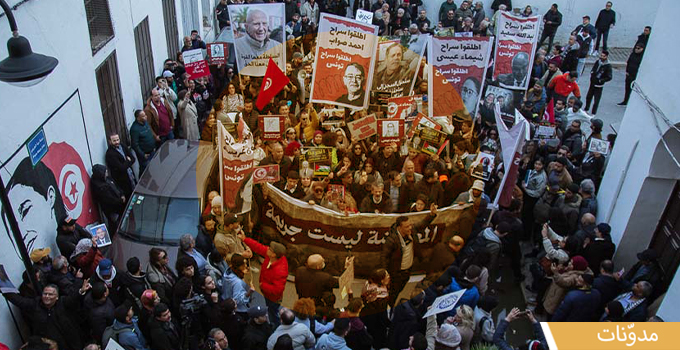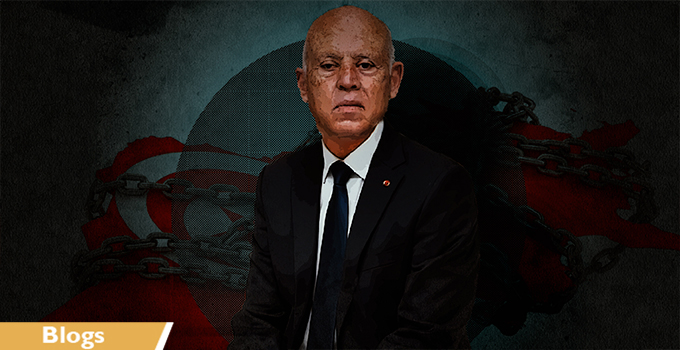
Mohammed ALSAUD
“The problem of Yemen is that it is close to Saudi Arabia, away from God. Well, after 2 years, it seems that this is not the only problem” Said Farea Al-Muslimani, a Yemeni Activist and speaker while presenting the current situation in Yemen at the Swedish Institute in Stockholm in last September 2012.
What Al-Muslimani was sarcastic about is becoming clearer to many Arab spring activists around the region. It is not only the foreign players and agendas or the circumstances of the transitional phase, there are ignored challenges from the change-making dynamo itself.
The last two years witnessed major changes in the MENA region (Middle East and North Africa), Falling down political regimes and starting liberation process in societies which have been living in decades of dictatorships. Those dictatorships were not only on the macro level, the state, but also on the micro level which is the family and even on the personal level. This micro oppression is due to several reasons such as the total absence of freedoms, social justice and good education systems. Also, the bad use of religion and traditions empowered and promoted for years by the political regimes to restrict and control the people more tightly.
During the Arab spring uprisings and in the after math, the youth, who were turned later into activists, have been being the backbone and the dynamo of the change-making process like Tunisian Bou Azizi, Egyptian Khalid Saied and Syrian Gheyath Matar. Most of these youth came from communities with situations mentioned above mostly without previous experiences in politics and activism, and in a deep lack of skills and tools to operate yet, with enough courage and belief to risk their lives to fight for their rights. One of the examples about this is the videos coming out from Syria about the brutal crackdown by the regime which are being taken by activists on the ground. Those videos are poor in quality and professionalism but are taken from very brave positions.
As a consequence, many challenges have arisen threatening the liberation process in the region and simultaneously making a good opportunity to create a positive change.
“In the early months of the revolution, we thought that a massive sit-in in Damascus is the only solution to fall down the regime like the Egyptian case. We tried many times to organize it, but we failed in mobilizing the people in huge numbers in Damascus ready to risk their lives. Also we failed in providing the huge essential aids to the participants. And the most importantly, we were not expecting the security forces to shoot live ammo on us once we are in the square. We discovered our wrong understanding on the ground after many failures and losses of good people” said Subhi A, an activist from Duma city near Damascus while talking about the trying to occupy Abbasyeen square peacefully by protesters coming from the rural areas around Damascus on 22nd of April 2011 where they found hundreds of security forces waiting for them with their machine guns. More than 40 were killed according to activists who were there.
“We were kind of sure that the people will come to the square and the police will be surprised and touched when seeing us. So we were keen about the manifestations of the sit-in more than the actual security and safety of the participants. We announced it on facebook and went on 27th of July 2011 to Arnous square in Damascus to find less than one hundred people against hundreds of security forces, some got arrested.” Said Mohamed, an activist from Damascus who got to leave Syria later because of this event.
While in Egypt in Tahrir square, activists were successful in securing the square and clash with the security forces, also in providing the needed medical and logistical aids specially through the twitter account: @TahrirSupplies. Or even in Hama, the Syrian City, activists were able to organize a sit-in for weeks which was attended by more than half a million protestors during June and July 2011.
Duplicating efforts and creating same mistakes due to absence of sharing experiences and lack of communication among activists on national, regional and international level have been among the top challenges facing activists in the Arab spring till now. Deadly crackdowns, absence of united incubator for activists and lack of networking among them are some of the reasons.
Hamzeh Matarneh, a Jordanian activist was telling me about the uprising in Jordan and its challenges. “We lost a man in the first sit-in in Amman on 25th of March 2011. But we couldn’t use this loss to engage more people to the movement. Also, we failed to keep the Muslim brotherhood in its normal context and not to become as the regime wanted, the main figure of the uprising. After that we couldn’t mobilize huge numbers till November 2012 when the government decided to raise the prices of the basic goods. Even then, we failed again to continue. Among many reasons, we don’t know how to”.
What Hamzeh thought matches very well with what a cofounder of “6th of April” movement in Egypt, Ahmed Abdulaziz said: “we die, they steal the results. We don’t know how to play politics. And we don’t know how to organize ourselves to continue on the long term. I am pretty sure that Muslim brotherhood will win the constitutional elections, and even if they don’t, we don’t have the qualified young alternatives” he said this 4 days before the last elections on the constitution draft in Egypt which took place on 14th of December 2012.
Inefficient activism is a very popular and strong challenge in all uprisings, huge efforts are producing tiny poor results due to lack of needed skills and tools like community organizing and mobilization, campaigning, strategic planning and the smart use of social media. People on the ground in most of the cases are the most brave, not the most qualified and professional ones.
Moreover, the absence of both previous experience and knowledge about other global experiences makes the knowledge and awareness of the activists experimental. Anis Willani, a Libyan activist once said to me “We tried peaceful protests in Libya at the beginning but they didn’t work out, we used weapons to protect ourselves against the brutal crackdown from Gaddafi and we succeeded, I am eventually alive. We were very stuck in the moment of decision, to use violence or not, the answer was the immediate result of our experiment”.
On the other hand, the limitation of the activism in its local context with absence of regional solidarity, coordination and cooperation is becoming more and more hurtful. “Where are you Arabs?” is one of the most popular placards in the Syrian revolution protests. Many videos for affected people or for the parents of the victims are saying: “we are left alone! No one is with us”. While “our revolution is an orphan” placard is really common in Bahraini protests.
One of the findings of “Democratic Transition in the MENA Region” conference held in Tunisia on 1st of November 2012 and organized by “Foundation for the Future” was that most of the examples we have when we talk about revolutions and nonviolent struggle are from east Europe, the different uprisings in the different contexts and conditions form rich raw materials to be studied, modeled and transferred to other societies struggling for their rights to take the activism in the world for an advanced and better level.
And the question always will be: how many losses we need to sacrifice till we learn and move on?




There have many opportunists waiting on the side to undermine and to diverte the Arab uprisings ( I do not call it revolutions). The ruling classes in these countries were almost in total control of the situation at the last they let loose fo a brief time and they consolidate themselves beside certains political movements such Ennahdha, and Beji Kaid Essebsi with his disciples from the lets over of Ben Ali and Bouguiba…